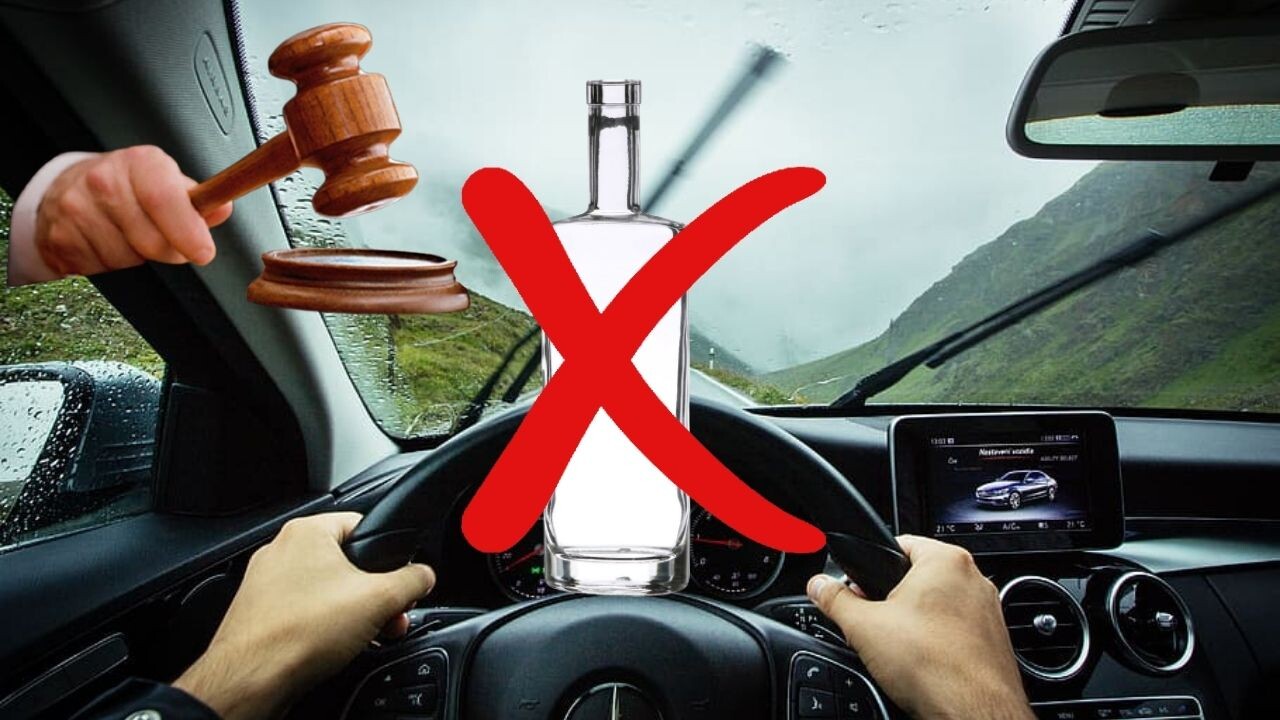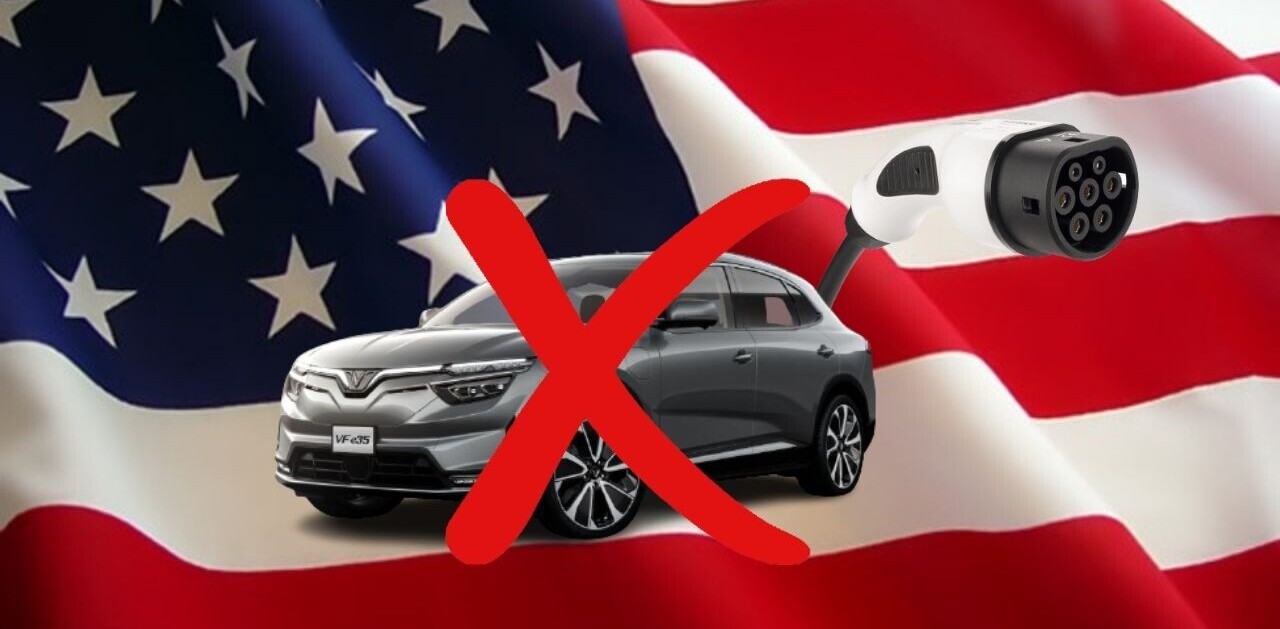
Every 52 minutes, someone in the US dies in a drunk-driving accident… According to the National Highway Traffic Safety Administration (NHTSA), each year, around 10,000 people are killed due to alcohol-related crashes, which translates into nearly 30% of all traffic fatalities.
Despite the laws, fines, and penalties that exist to prevent drunk driving, people still get behind the wheel after consuming alcoholic beverages. And if we can’t stop them from making this irresponsible choice, maybe we can stop them from driving altogether.
That’s what the Congress is trying to do as part of the $1 trillion bipartisan infrastructure bill, which includes a mandate for anti-drunk driving technology in new cars.
On Tuesday, the Infrastructure Investment and Jobs Act passed Congress with the measure intact, AP reports, and it’s expected to be signed by President Biden soon.
What’s the mandate about
Basically, the legislation mandates carmakers to include technology that detects and stops drunk drivers by as early as 2026.
For now, the bill isn’t very specific and requires something that will “passively monitor the performance of a driver of a motor vehicle to accurately identify whether that driver may be impaired.”
The Department of Transportation will have to determine which kind of technological solution would be the most suitable, and based on that decision automakers will have to follow suit.
What kind of options are available?
Currently, some convicted drunk drivers are required to blow into a breathalyzer tube attached to the ignition interlock. If their blood alcohol level is found too high, the car won’t start.
Naturally, a breathalyzer wouldn’t be an option automakers could scale. I mean, who would want to blow into a tube every time they start their car?
But there’s a significant number of programs and companies that are already focusing on anti-drunk driving tech, or whose existing technology could be used in that direction.
One promising technology on the horizon is the Driver Alcohol Detection System for Safety (DADSS) Program. It’s being co-developed since 2008 by the NHTSA and the Automotive Coalition for Traffic Safety (ACTS), which includes 16 major automakers.
The tech will automatically detect when a driver is intoxicated with a blood alcohol concentration (BAC) at or above 0.08% — the legal limit — and prevent the car from moving.
This is accomplished in two ways: a breath system and a touch system.
In the first case, the breathalyzer runs the driver’s breath through an infrared light beam to calculate their BAC. In the second, the technology measures alcohol levels under the skin’s surface, when drivers place their fingertips on control buttons or the steering wheel.
Likewise, Nissan has created a drunk-driver prevention concept car able to detect the smell of alcohol, which also uses cameras to observe driving impairment.
In fact, the infrared cameras many carmakers like GM and BMW are using for their semi-automated driver assistance systems to track driver inattentiveness could also look for signs of drowsiness or loss of consciousness.
Of course, developing existing smart technology to accurately detect intoxication won’t come easy or immediately. And even when it happens, drivers of older cars would still go undetected.
The bill’s mandate is undoubtedly an important start, but perhaps the US should consider implementing some alternative temporary measures in the meantime, given the seriousness of the matter. We’re four years away from 2026 and, based on NHTSA’s averages, 40,000 lives more will have been lost by then.
Updated on November 12, 2021: Added videos
Get the TNW newsletter
Get the most important tech news in your inbox each week.





